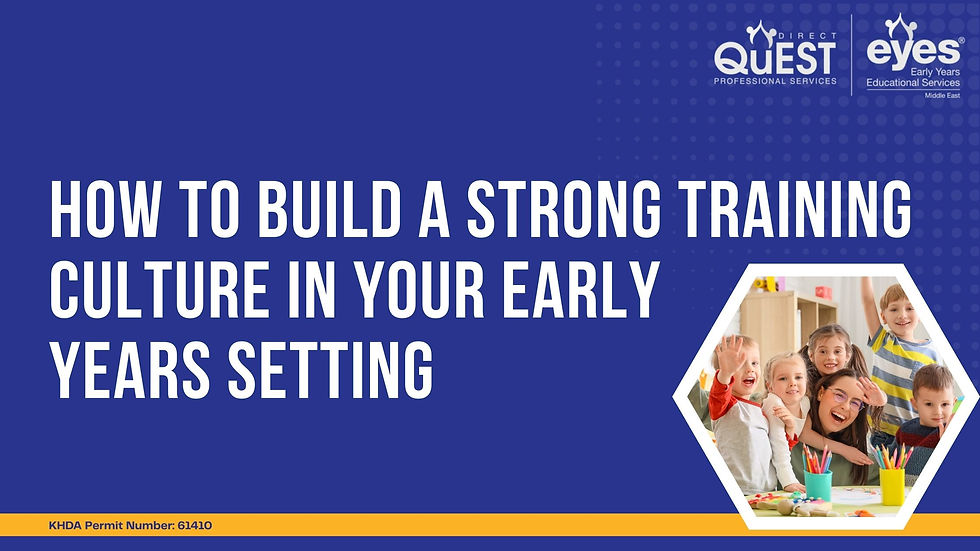Computational Thinking
- Dec 8, 2021
- 2 min read

It is important that we equip our children with the skills that they will need for the future. As technology develops, more and more computer programmers and software designers will be required, therefore computational thinking is an essential core skill.
These skills can be developed without the use of computers and technology.
Computational thinking covers skills such as identifying patterns, understanding cause and effect, developing strategies to solve a problem by breaking it down into manageable tasks and finding solutions to problems.
There are many opportunities in our settings to encourage computational thinking, in fact, you will find that you are already carrying out many activities.
Ideas for practice.
Making sandwiches - write down step by step instructions or use pictorial instructions for the children to follow.
Make something yourself - as you do, photograph each stage then ask the children to follow the pictures.
Floating and sinking – these types of activities can be used to encourage prediction, ask the children to predict whether the item will float or sink. Many other science activities encourage prediction, these could include magnets, making streamers to float outside and growing plants.
Building towers – children can practice finding out the best way to build a stable tower by trial and error, encourage them to talk about their tower, they can then use their findings to predict how to make stable towers in the future.
Maps – make simple maps of your outside area for the children to follow.
Planning a picnic – discuss and list down the jobs required, in order, for planning a picnic, then follow this list to see if everything was listed in the correct order or whether any changes should be made.
Encourage logical reasoning:
When things don’t go the right way, talk about solutions with the children, ask the children to think for themselves rather than just telling them the answer, older children can talk to each other.
Before activities ask the children what they think will happen and why.
Encourage the children to look for patterns in shape, colour and size, identify mistakes and correct them. For example, you can build some towers in size order, with one in the wrong place, see if the children can identify the fact that one is in the wrong order and then if they can correct it themselves.
After activities encourage evaluation, what do they think worked best and why?













